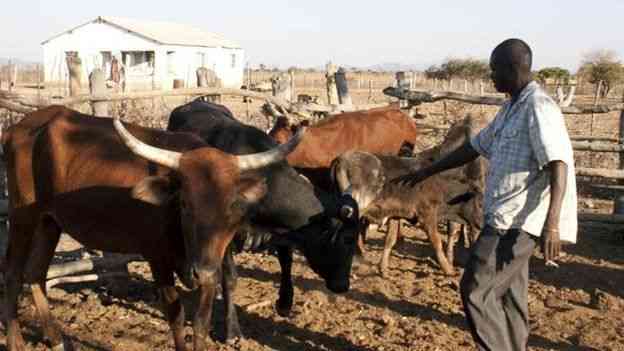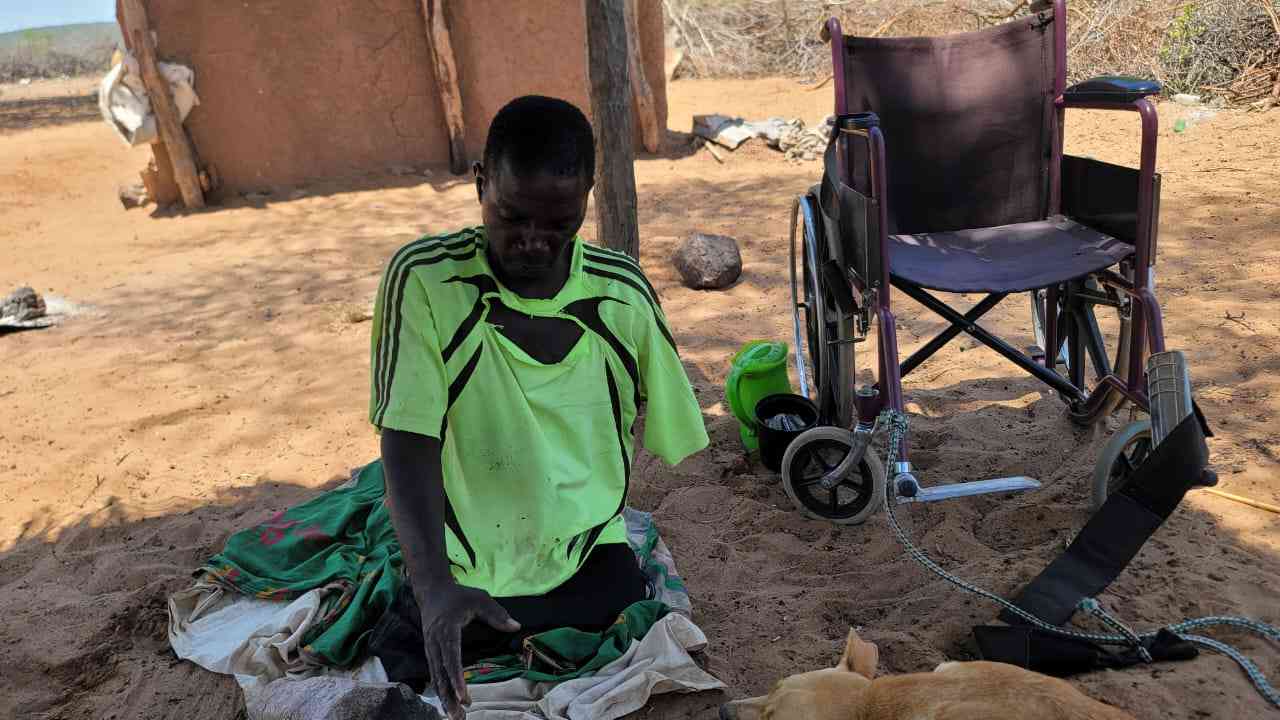
LIVESTOCK farmers have renewed their call to government to review the livestock levy it introduced a few years ago, saying it was negatively impacting on their business.
In 2017, government introduced a livestock development levy on farmers involved in the production of day-old chicks, raw milk purchase and beef cattle slaughtering.
The levy directs producers of day-old chicks to pay a cent per chick, while buyers of raw milk pay the same amount per litre.
Those who slaughter cattle for beef pay US$10 of the value of a fifth quarter per animal slaughtered.
Kirton Farmers Association chairperson Moketsi Basuthu said the livestock levy was crippling farmers’ livestock production amid a drought situation which is forcing many of them to barter their cattle at a loss.
“Cost of cattle movement is high and transporters pass the cost to farmers. Farmers get paid for dressed weight of cattle, which is the meat value only. No payment is received for offals, which in the end profits butcheries and abattoirs to the exclusion of the farmer,” Moketsi said.
“The responsible ministry has failed to find a way to help farmers get paid for the hides of the cattle they sell. The leather industry remains dormant, yet it could compete at par with the meat sector if given due attention. The government has also failed to find comprehensive ways of meeting livestock farmers in their time of need.”
Moketsi said whereas grain farmers have access to donated fertilisers, seeds and other government input schemes, livestock farmers meet all their cost on their on.
- Mavhunga puts DeMbare into Chibuku quarterfinals
- Bulls to charge into Zimbabwe gold stocks
- Ndiraya concerned as goals dry up
- Letters: How solar power is transforming African farms
Keep Reading
“In Matabeleland North, South and Masvingo provinces, police stations will have only one or two police officers responsible for livestock clearance, often without ample stationery. All the time, costs and poor performance of police comes back to farmers' wallets,” Moketsi said.
According to the government, the livestock development levy, which was introduced through Statutory Instrument 129 of 2017, is intended to fund a number of initiatives, which include the promotion of surveillance, prevention and control of animal disease in accordance with the Animal Health Act [Chapter 19:01].
The levy should also be used to promote research on appropriate technologies in livestock production and animal health; transparent grading and classification of livestock and livestock products orderly marketing of livestock; and investment in veterinary infrastructure and sustainable animal husbandry practices.
The latest Zimbabwe Vulnerability Assessment Committee Rural Livelihoods Assessment report indicates that about 37% of households owned livestock and the cattle prices ranged from US$167 to US$467.
It also said 44% of households owned goats and the goat prices ranged from US$15 to US$51.










